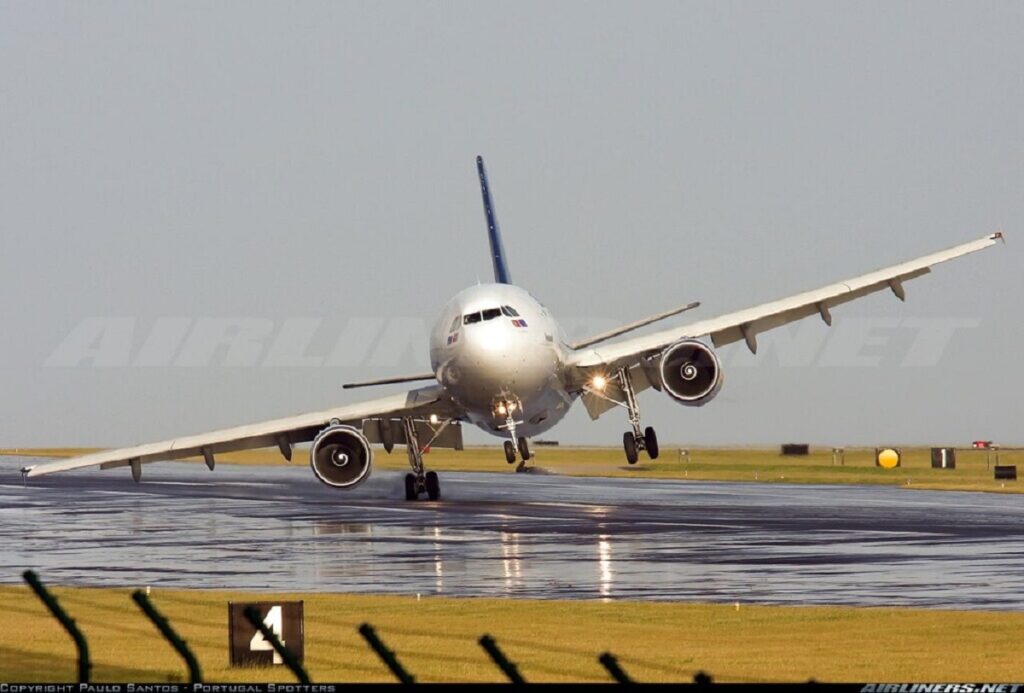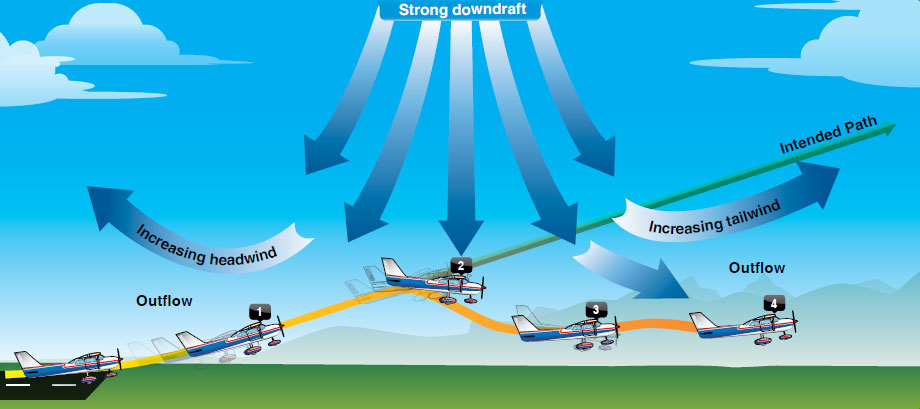
Wind shear is a microscale meteorological phenomenon occurring over a very small distance, but it can be associated with mesoscale or synoptic scale weather features such as squall lines and cold fronts. It is commonly observed near microbursts and downbursts caused by thunderstorms, fronts, areas of locally higher low level winds referred to as low level jets, near mountains, radiation inversions that occur due to clear skies and calm winds, buildings, wind turbines, and sailboats. Wind shear has a significant effect during take-off and landing of aircraft due to its effects on control of the aircraft, and it has been a sole or contributing cause of many aircraft accidents.
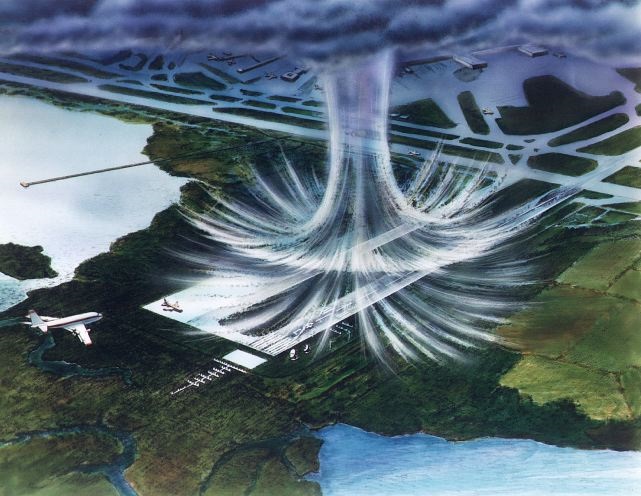
Wind shear is a change in wind speed and/or direction over a short distance. It can occur either horizontally or
vertically and is most often associated with strong temperature inversions or density gradients. Wind shear can
occur at high or low altitude.

Four common sources of low-level wind shear are
- Frontal activity.
- Thunderstorms.
- Temperature inversions.
- Surface obstructions.
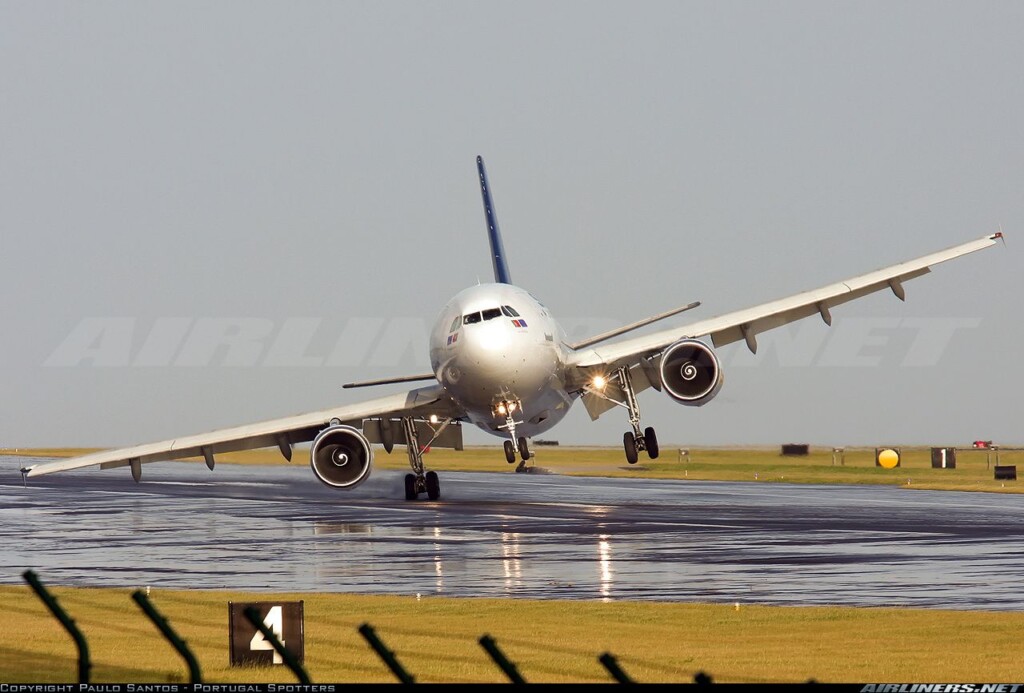
Effects of Wind Shear on Aircraft
In its many forms, wind shear can change a routine approach into an emergency recovery in a matter of seconds.
An aircraft is affected by the change in wind direction/velocity because the wind also changes the aircraft motion
relative to the ground. We will look at the effects of wind shear on an aircraft and on pilot techniques for coping
with a shear situation.
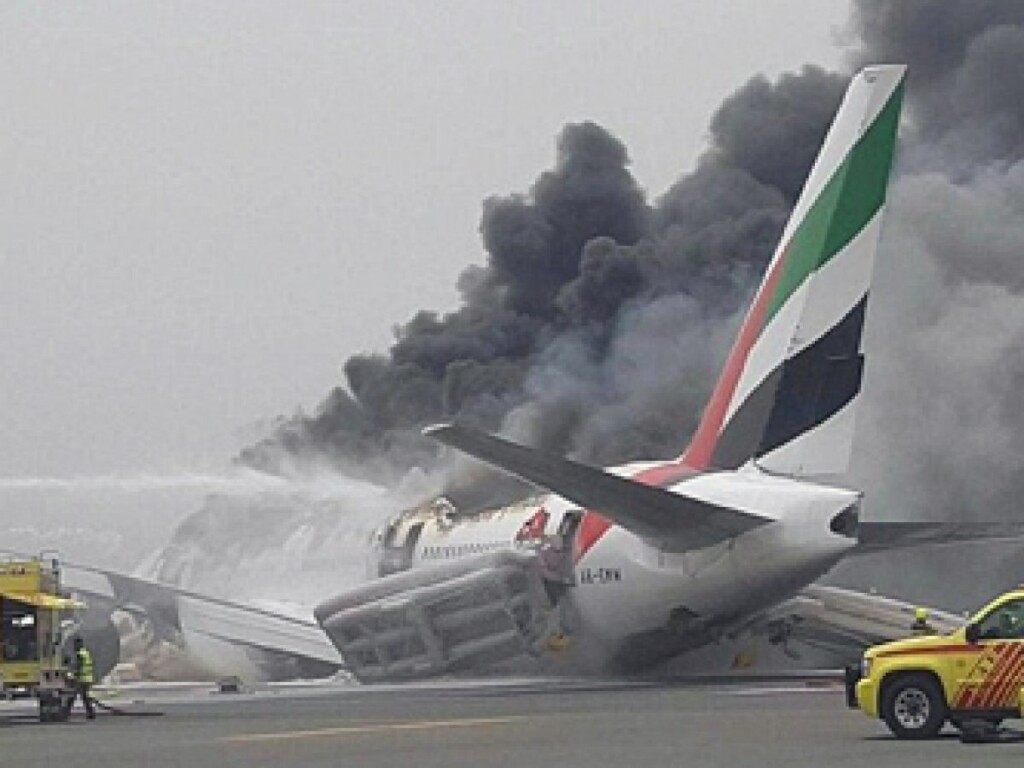
How to mitigate the danger
The best way to avoid encountering a wind shear is to have prior knowledge of the meteorological information of the destination as well as to check if any significant weather phenomenon has occurred or is occurring locally.
Usually the crews are alerted on the trends favorable to this type of occurrence.
The most up-to-date information that can be obtained about the Wind shear comes from other pilots who routinely report such occurrences to air traffic controllers, although there are equipment capable of measuring wind cutters at aerodromes, such as so-called wind profilers.

